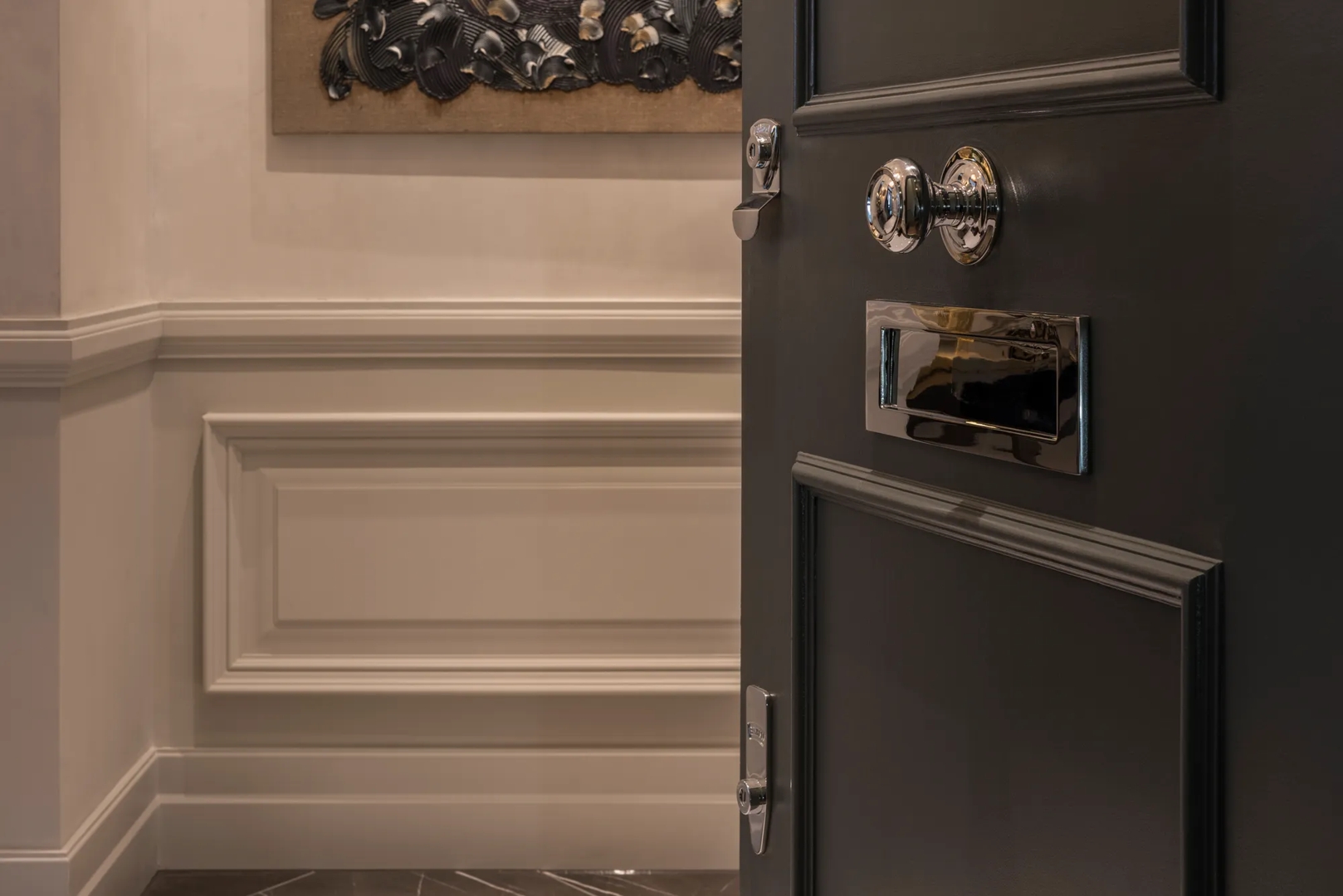Can Your Handles Be Used Outside?

The short answer to this question is: yes! Here’s a longer answer below, with some further details and factors to take into consideration.
The finish will patinate faster on handles used externally, especially in coastal environments. The rate of change will also depend on the finish type.
Living finishes
This is a finish that is produced by extensive polishing or brushing of the surface, or by working a patination solution into the surface of the metal until the desired patina is achieved. Living finishes will naturally patinate over time, which allows them to develop a unique look, injecting special character into your design scheme.
If you’re wondering why living finishes patinate much more quickly, it’s all down to the elements of the metal. The copper element in brass reacts to oxygen and moisture in the air, which causes it to naturally patinate. If you’d like to learn more about this process, take a look at our blog post on why brass door handles patinate so quickly.
Plated finishes
If you’ve selected a plated finish, you’ll find that the patination process either doesn’t take place, or will take much longer. Plating is a process where a thin layer of metal coats a substrate, which in our case is solid brass. Any non-tarnishing finish, such as polished chrome, will hardly change over time, if at all. However, you’ll find that plated nickel finishes are softer and will age over time, but they’ll still take significantly longer to dull or patina compared to living finishes.
Ceramic finishes
Ceramic finishes are extremely hardwearing, offering some key benefits. A ceramic finish is resistant to patination, ensuring that a finish can be used outside over years without changing, ideal for coastal or outdoor use where a finish must be able to resist the elements. Ceramic coatings are also resistant to fingerprints, making them perfect for use in high traffic areas. For more details on our ceramic finish options, view this blog post.
Lacquered finishes
We are sometimes asked if we can apply a lacquer to our finishes; however, we don’t usually recommend this as we have not yet found a lacquer durable enough for door hardware. For a more detailed look at the pros and cons of lacquering, view this blog post.
Take a look at our finishes overview here. If you have any questions, contact our team on 44 (0) 20 8680 2602, or email uk.handshake@josephgiles.com, or us.handshake@josephgiles.com if you're based in the US.